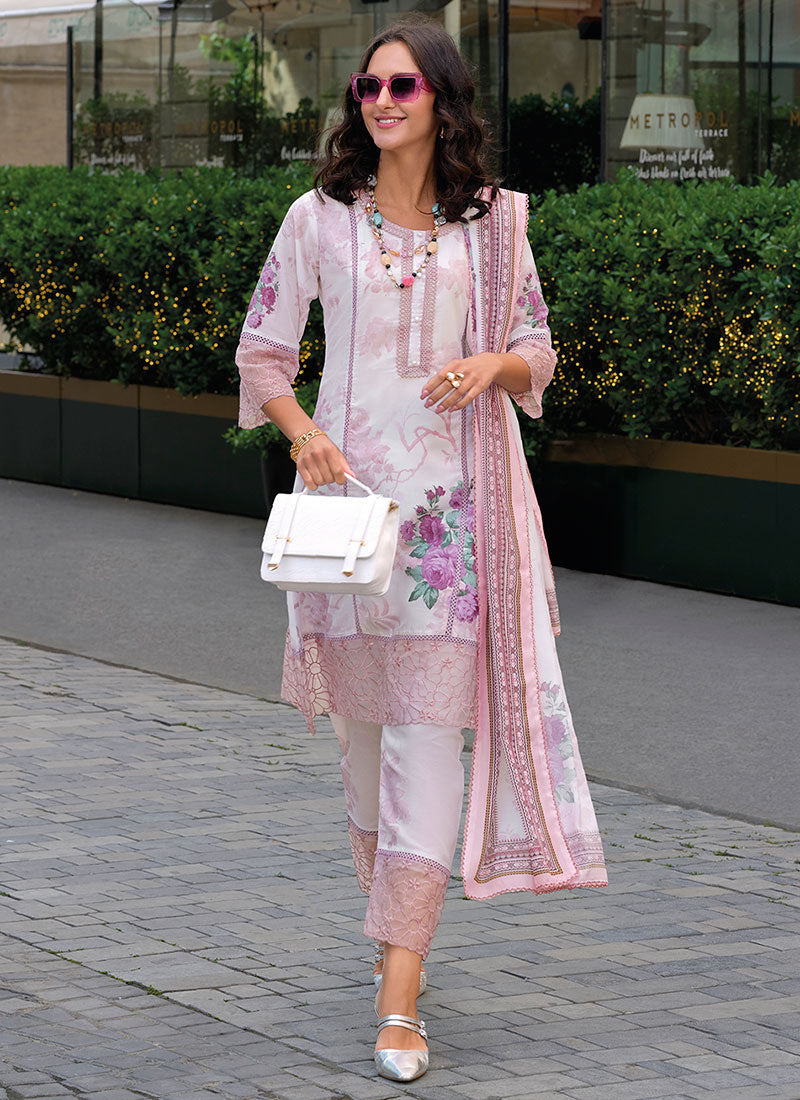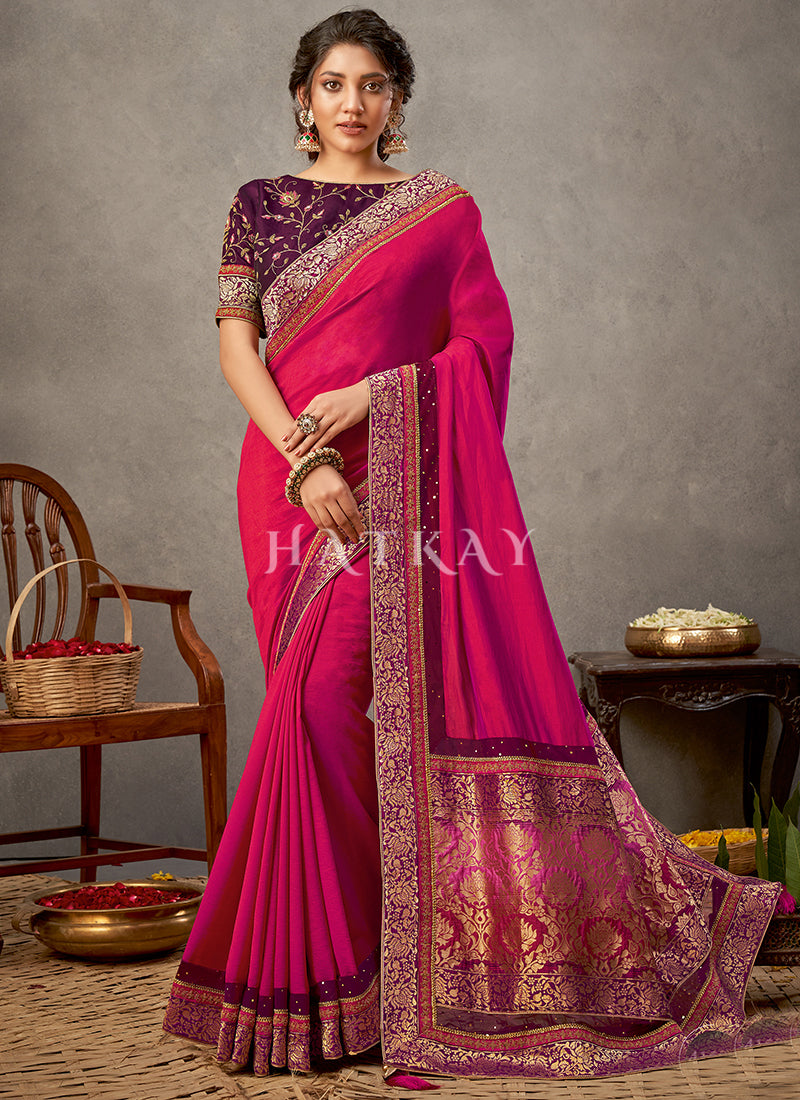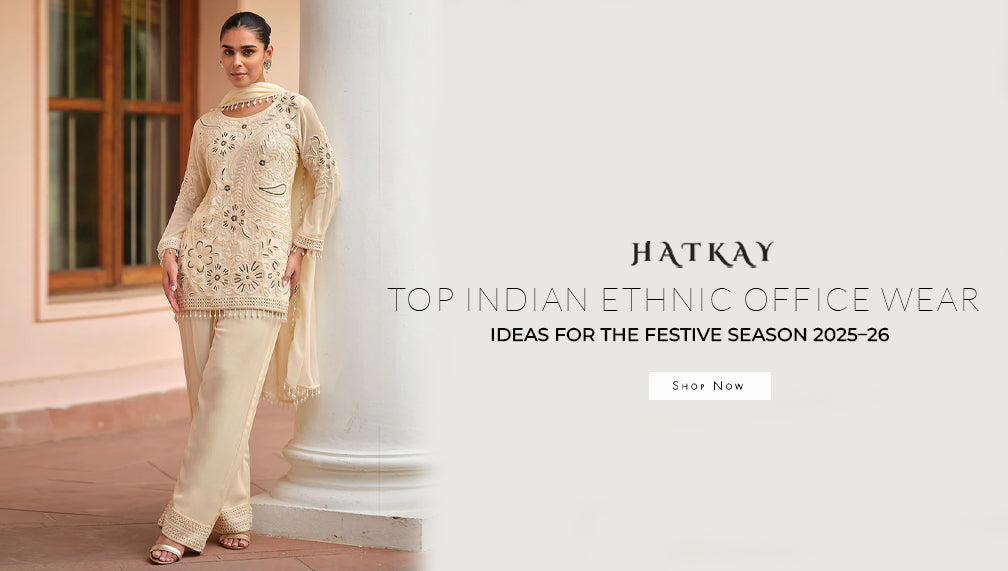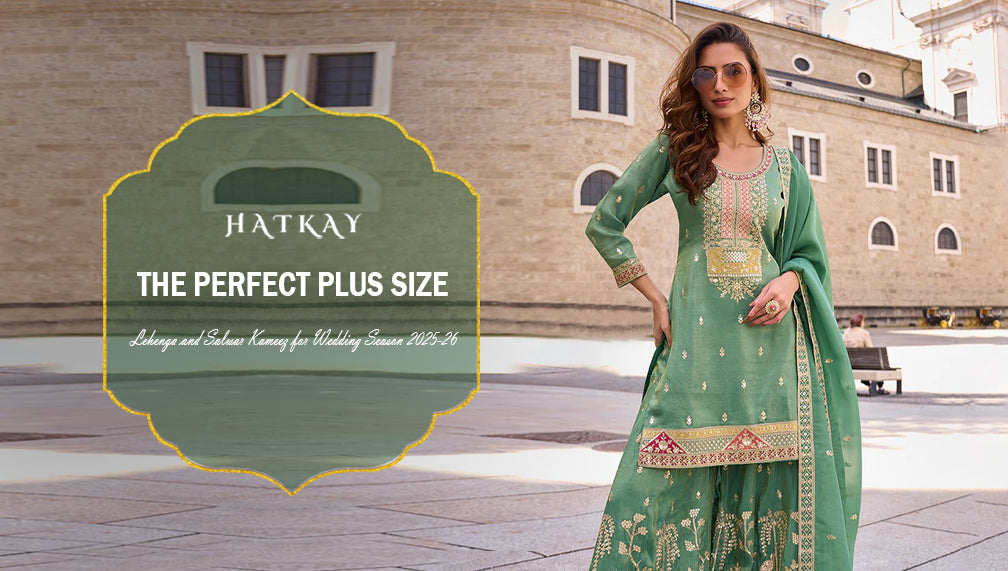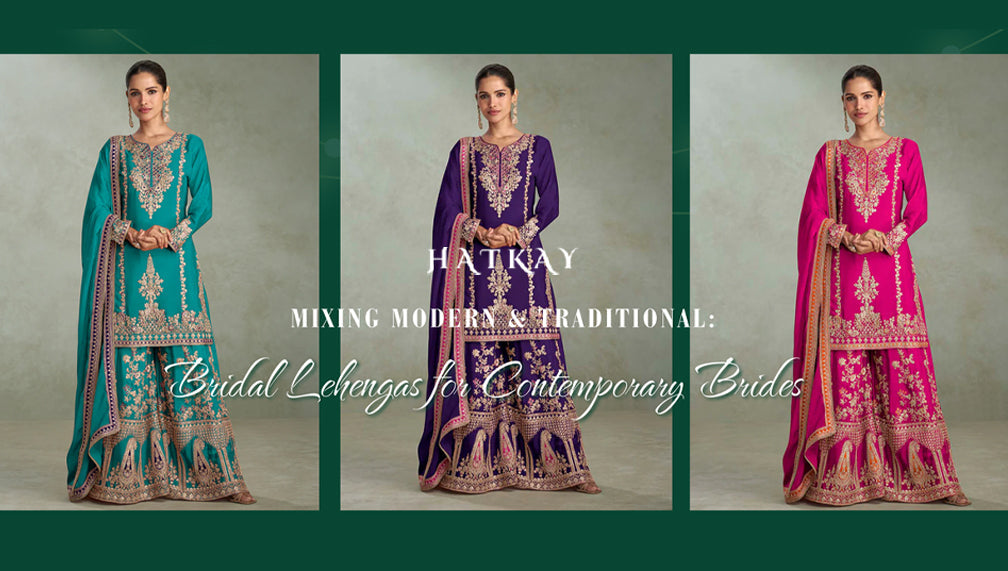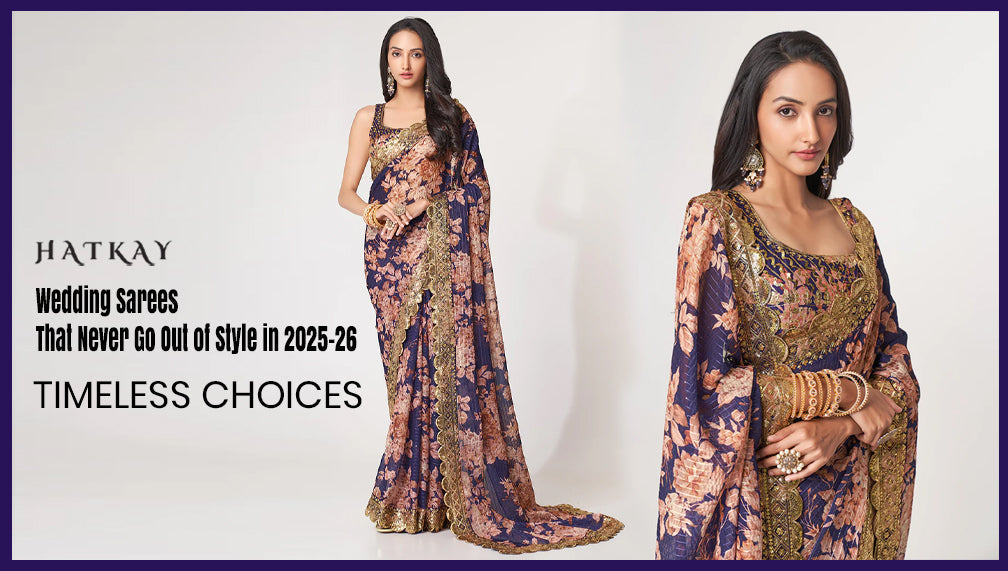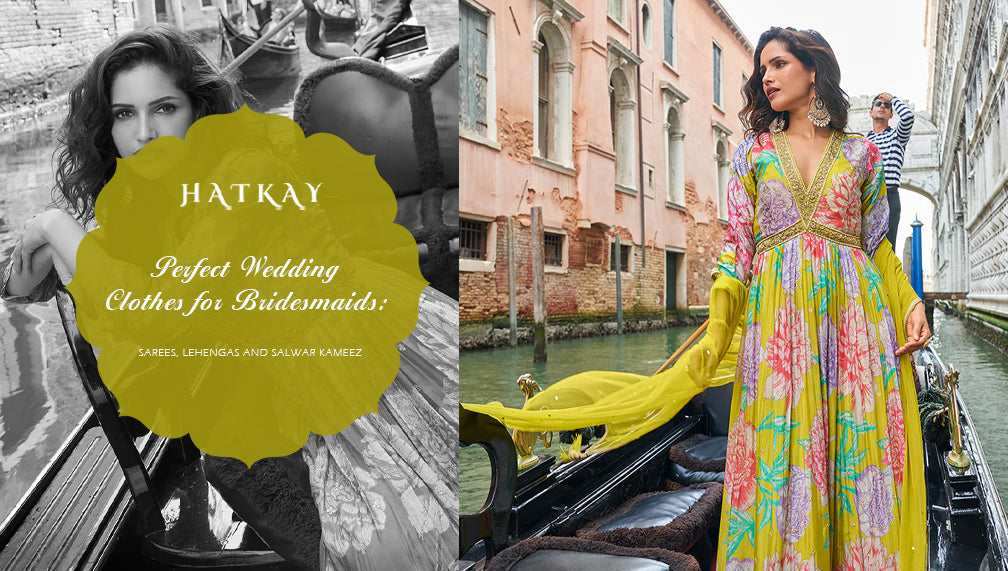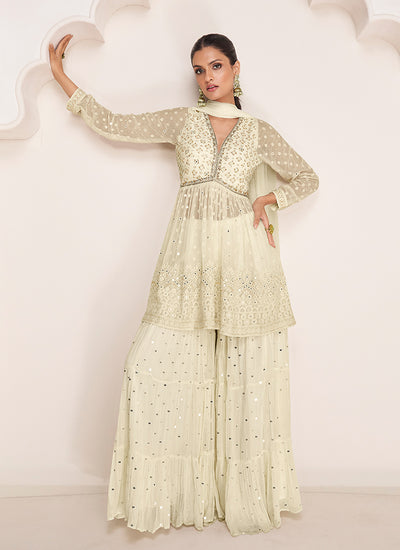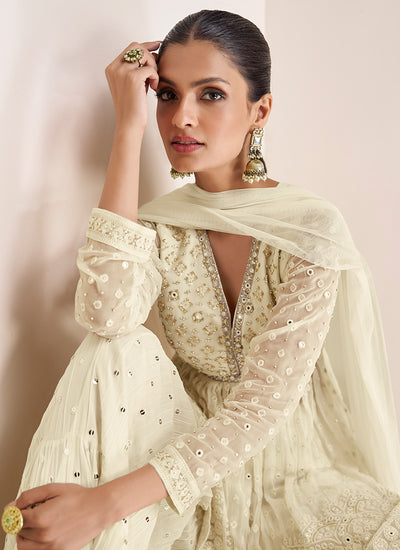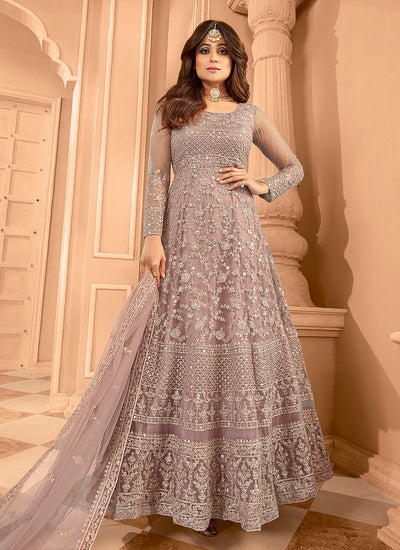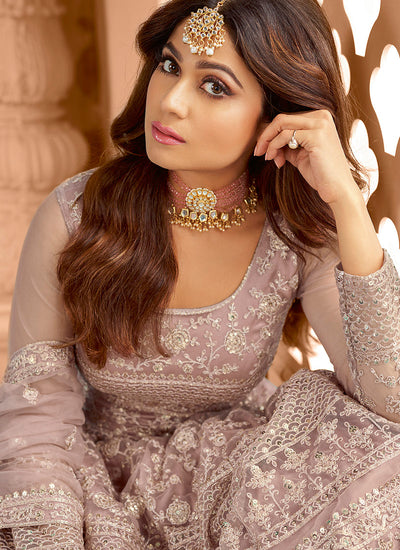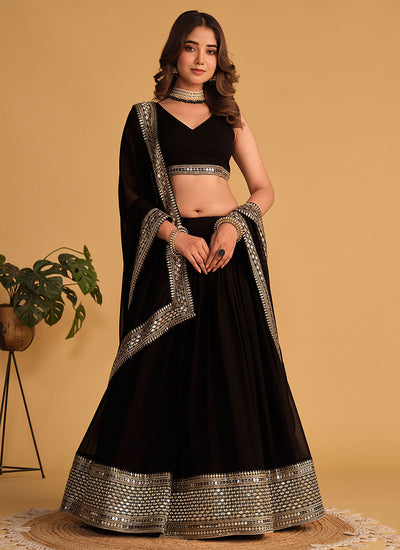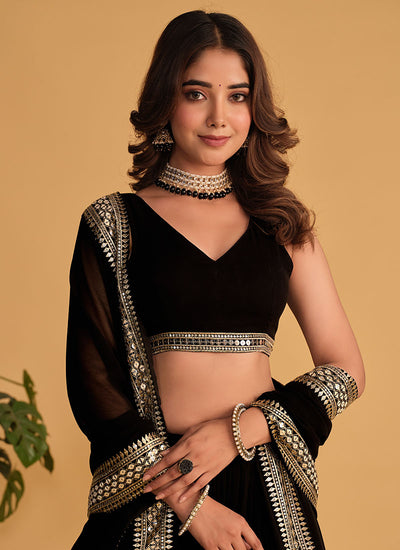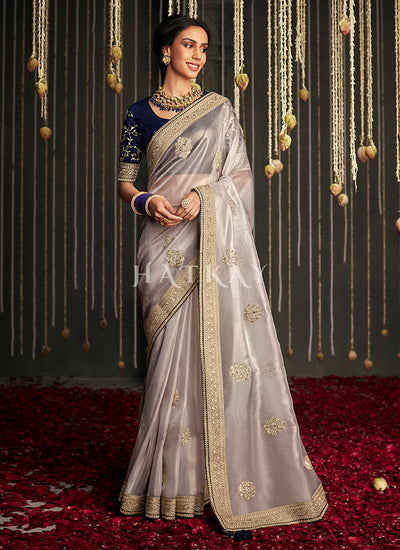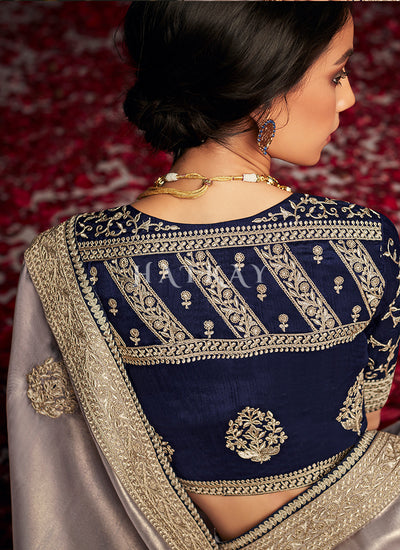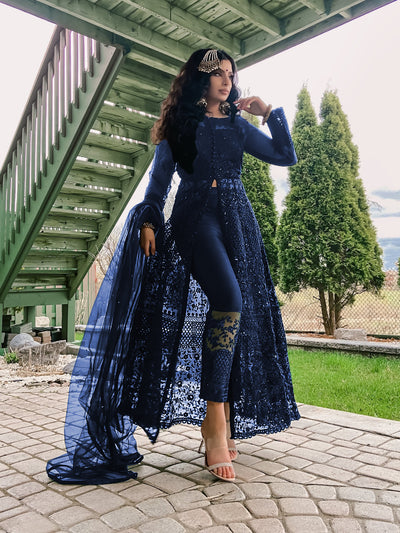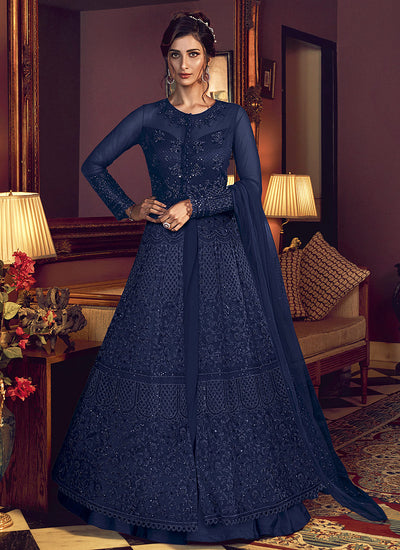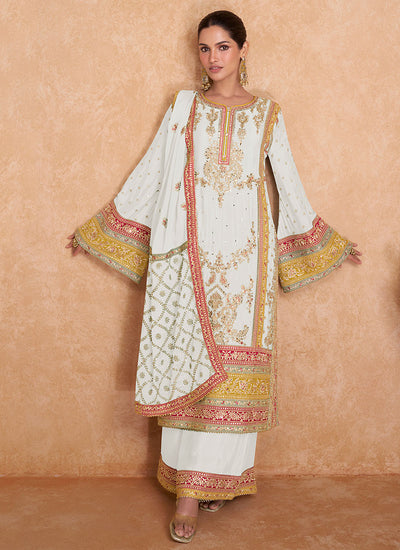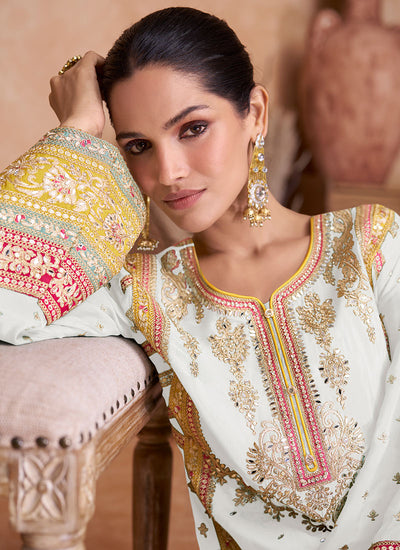
Pakistani Dress: A Symphony of Elegance, Tradition, and Cultural Diversity
Introduction:
In the realm of fashion, Pakistani dress holds a special place, reflecting the rich tapestry of the nation's culture, heritage, and diversity. From the intricate embroidery of the Shalwar Kameez to the regal elegance of the Sherwani, Pakistani attire celebrates the timeless traditions and values that have shaped the country's identity. Join us as we embark on a journey through the enchanting world of Pakistani dress, exploring its history, symbolism, and enduring allure.
The Shalwar Kameez: Timeless Elegance in Every Stitch
At the heart of Pakistani dress lies the iconic Shalwar Kameez, a quintessential ensemble that embodies grace, elegance, and versatility. Consisting of a long tunic (Kameez), paired with loose-fitting trousers (Shalwar) and a matching dupatta (scarf), the Shalwar Kameez is a symbol of cultural pride and tradition. Whether adorned with delicate embroidery, vibrant prints, or intricate embellishments, each Shalwar Kameez tells a unique story, celebrating the artisanal craftsmanship and artistic legacy of Pakistan.
The Lehenga Choli: Bridal Splendor and Tradition
For special occasions and weddings, Pakistani brides often opt for the Lehenga Choli, a majestic ensemble that exudes opulence, beauty, and tradition. Featuring a voluminous skirt (Lehenga), a fitted blouse (Choli), and a dupatta (scarf), the Lehenga Choli showcases the exquisite craftsmanship and intricate detailing that are synonymous with Pakistani bridal attire. Adorned with intricate embroidery, zari work, and embellishments, the Lehenga Choli is a visual masterpiece that captures the essence of bridal splendor and tradition.
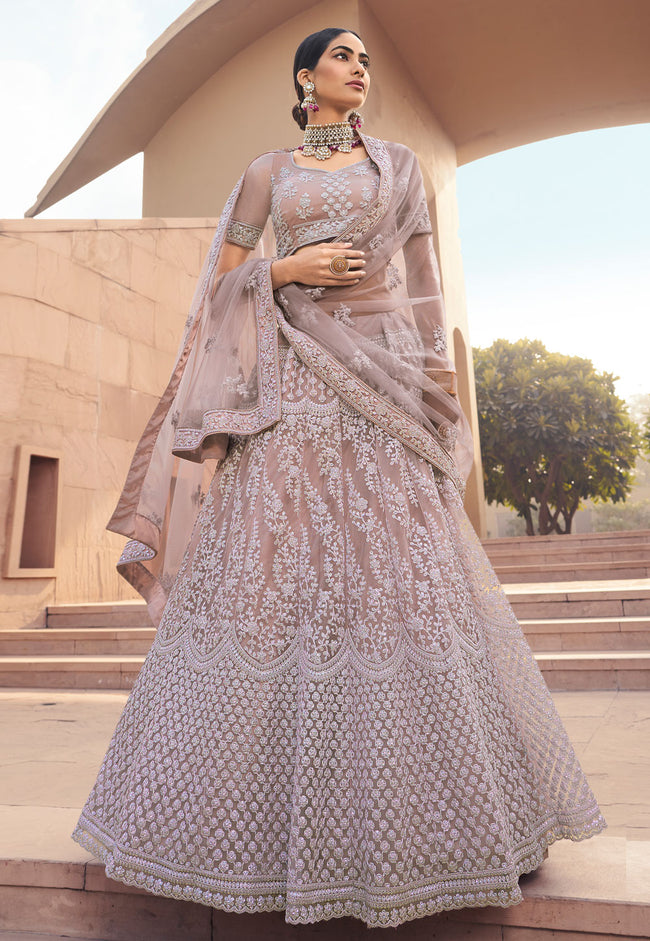
The Sherwani: Regal Elegance and Masculine Grace
For men, the Sherwani is the epitome of regal elegance and masculine grace, representing tradition, heritage, and sophistication. Worn for weddings, festive celebrations, and formal events, the Sherwani features a long coat-like garment that is typically paired with trousers (Churidar) and a matching scarf (Dupatta). Embellished with intricate embroidery, embellishments, and brocade work, the Sherwani showcases the rich cultural heritage and sartorial legacy of Pakistan, making it a timeless choice for men of all ages.
The Saree: A Symbol of Timeless Beauty and Feminine Grace
Though not native to Pakistan, the Saree has become a beloved attire for Pakistani women, symbolizing timeless beauty, grace, and femininity. Worn for special occasions and festive celebrations, the Saree is a symbol of cultural fusion and diversity, reflecting the harmonious coexistence of different traditions and influences in Pakistan. Adorned with intricate embroidery, vibrant prints, and luxurious fabrics, the Saree celebrates the universal appeal of Indian attire while embracing the unique cultural identity of Pakistan.
Conclusion:
In the vibrant tapestry of Pakistani dress, tradition and modernity intertwine seamlessly, creating a symphony of elegance, grace, and cultural diversity. From the timeless elegance of the Shalwar Kameez to the regal splendor of the Lehenga Choli, each ensemble tells a unique story, celebrating the rich cultural heritage and artistic legacy of Pakistan. As Pakistan continues to evolve and embrace its cultural diversity, let us also celebrate the beauty and diversity of Pakistani dress, honoring the artisans, designers, and generations past who have contributed to its enduring legacy. Whether worn as a symbol of cultural pride or a fashion statement, Pakistani dress remains an eternal embodiment of elegance, tradition, and cultural identity.













